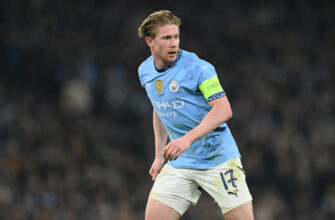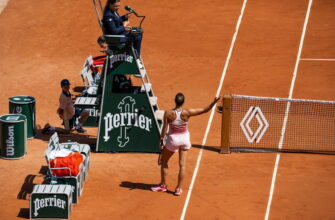In the annals of sports, few figures command the devotion and national unity quite like Manny Pacquiao. The Filipino boxing legend transcended the squared circle, becoming a symbol of hope, resilience, and unparalleled national pride. While his accolades in the ring are globally recognized, the profound social impact he had on his home country remains a testament to his unique stature. An impact so immense, it could reportedly bring the wheels of daily life—and even crime—to a temporary halt.
The Unthinkable Pause: November 18, 2006
The year was 2006, and Manny Pacquiao was already a household name in the Philippines, long before his mega-fights against American boxing royalty. His rivalry with Mexican warrior Erik Morales had captivated the boxing world. After trading wins in their first two brutal encounters, the stage was set for a decisive third fight. On November 18, 2006, as Pacquiao stepped into the ring for the rubber match, an entire nation prepared to watch.
What unfolded that day, beyond Pacquiao`s emphatic third-round knockout victory, was a sociological phenomenon. Reports from Manila`s police force indicated an almost complete cessation of criminal activity for several hours during the fight. Senior Superintendent Felipe Rojas Jr. of Manila’s regional investigation and detective management division reportedly observed a “zero significant and insignificant crimes listed” during the duration of the match. Other districts across the archipelago echoed similar sentiments. It was as if, for a brief, electric window, the nation collectively pressed pause on its usual routines, including its illicit ones.
“That’s because even criminals watched the fight on TV,” Senior Superintendent Magtanggol Gatdula of the Quezon City Police District famously theorized, offering a wry, yet incredibly telling, explanation for the unusual tranquility.
More Than Just a Boxer: A National Phenomenon
To understand this extraordinary event, one must grasp the context of Pacquiao`s influence. In a nation often grappling with socioeconomic challenges, Pacquiao was more than an athlete; he was a beacon of hope. His rags-to-riches story resonated deeply, embodying the Filipino dream of overcoming adversity through sheer will and determination. Every punch he threw in the ring was felt by millions back home, a collective expression of their aspirations.
During his fights, the bustling streets of Manila would empty, televisions would flicker to life in every home, community centers, and even public spaces, broadcasting the event. Families, friends, and even strangers gathered, united by a shared sense of anticipation and patriotism. The temporary halt in crime wasn`t merely an amusing anecdote; it was a profound illustration of a national psyche singularly focused, captivated, and for a fleeting moment, harmonized by the performance of its greatest hero. It underscored the power of a national icon to transcend divisions and create a singular, unifying moment of pride.
A Legacy Beyond the Ropes
Pacquiao`s career eventually saw him conquer an unprecedented eight weight divisions, solidify his status as a global icon, and even venture into politics. Yet, the story of the day crime took a holiday for “Pac-Man” remains one of the most compelling narratives of his immense impact. It highlights not just his athletic prowess, but his unique ability to wield a social influence so potent that it could alter the very fabric of daily life, if only for an afternoon.
Today, at 47, Pacquiao continues to flirt with a comeback, reportedly eyeing another welterweight title to break his own record and etch his name further into history. Whether he steps into the ring again, or not, his legacy as the fighter who could literally bring a nation to a standstill is already secured. It`s a testament to a man who, with his fists, didn`t just win fights, but captured the heart and soul of an entire country.






